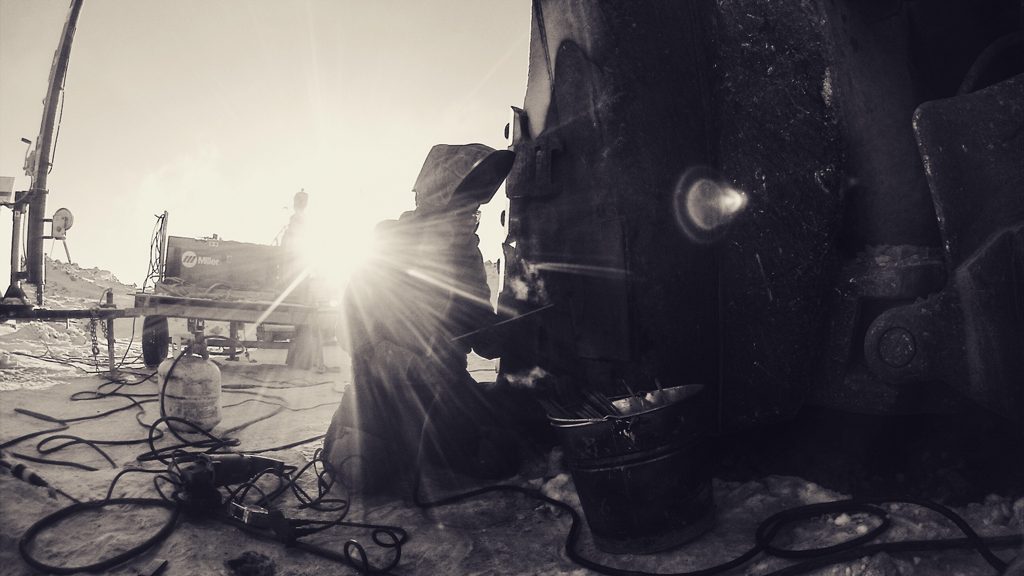B.C. is looking to improve workplace supports, services and practices for women in the trades now that a labour market research project has been completed.
The Women in Trades labour market project includes feedback and recommendations from employers, tradespeople, unions, the Industry Training Authority (ITA), WorkSafeBC and other stakeholders from around the province.
The project report identifies barriers preventing women from entering, advancing and staying in a career in the trades and suggests solutions to change it.
So far, the amount of female participation in the trades has been low. According to the province, less than three per cent of working women in B.C. are in the building trades.
According one of the reports produced by the project, A Women in Trades Program Matrix for BC: Priorities and Implementation Options, there were several major themes gleaned from the research.
First was the importance of a multi-faceted approach as participants agreed no single service or support can sufficiently and effectively address the barriers.
“It’s not just one thing,” explained Tara Fong, Canada jobs fund manager for the ITA. “It’s a more complex issue than that.”
Second, was the important role that employers have to play.
“Many saw building industry leadership as particularly important, reinforcing the need for organizational changes to drive positive outcomes,” reads the study. “Key employers have the power to push for wider adoption of policies and practices, starting with those in their supply chain, thereby fostering further leadership development. It is also important that supports to facilitate the hiring and promotion of tradeswomen are employer-friendly.”
Third, some study participants suggested revising or expanding specific components of the report related to program areas to include soft skills training and tradeswomen speakers. The report also suggested ensuring that interventions such as financial incentives minimize the potential negative effects on women so that they do not make women a greater target for workplace harassment or discrimination due to perceptions of an unfair advantage.
When you are the only woman in a 500-man crew, you feel isolated
— Tara Fong
Industry Training Authority
Existing organizations, like WorkSafeBC or unions, also have a role in addressing certain gaps identified in the report, especially when it comes to bullying and harassment.
Finally, some participants in the study stressed that many of the themes and barriers identified in the report, like bullying and improved health and safety, are relevant not just to women, but to workers in general.
“The Ministry of Labour and WorkSafeBC have been actively involved in the dialogue that has taken place about improving supports to women in the workplace and in particular, women in the trades sector,” said Minister of Labour Harry Bains in a press release. “We know that one of the key barriers to retaining women in the trades is the unacceptable culture of bullying and harassment that some are exposed to. This culture is unacceptable and the behaviours must be guarded against and must not be tolerated by workers, their colleagues or employers.”
As a result of the research, several pilot projects have been suggested, including mentoring and professional network programs, creating a hub for knowledge exchange and employment liaison services.
“Women really want to be in the trades but sometimes end up really feeling that disconnection from other women and we found out how expansive and impactful that is,” said Fong. “When you are the only woman in a 500-man crew, you feel isolated, even if there isn’t anything untoward happening. There needs to be more sisters in the sisterhood.”
The Women in Trades project report recommends providing women with workplace supports like informal mentorship and networking programs and enhancing employer human resource practices to make workplaces a more inclusive and accepting environment.
“I think there is so much desire to see women grown the trades,” said Fong. “It’s just about making sure they are being supported in the best way that we can. It’s not the women who need to change, it’s the environment and it is changing, but we need it to move along much quicker.”
The $540,000 project was funded through the Canada-B.C. Labour Market Development Agreement.
The next step will be working with industry to develop pilot projects to address the issues identified in the research report; including anti-bullying and harassment awareness, employer policies around inclusive hiring practices and other supports that aim to improve workplace culture.











Recent Comments
comments for this post are closed